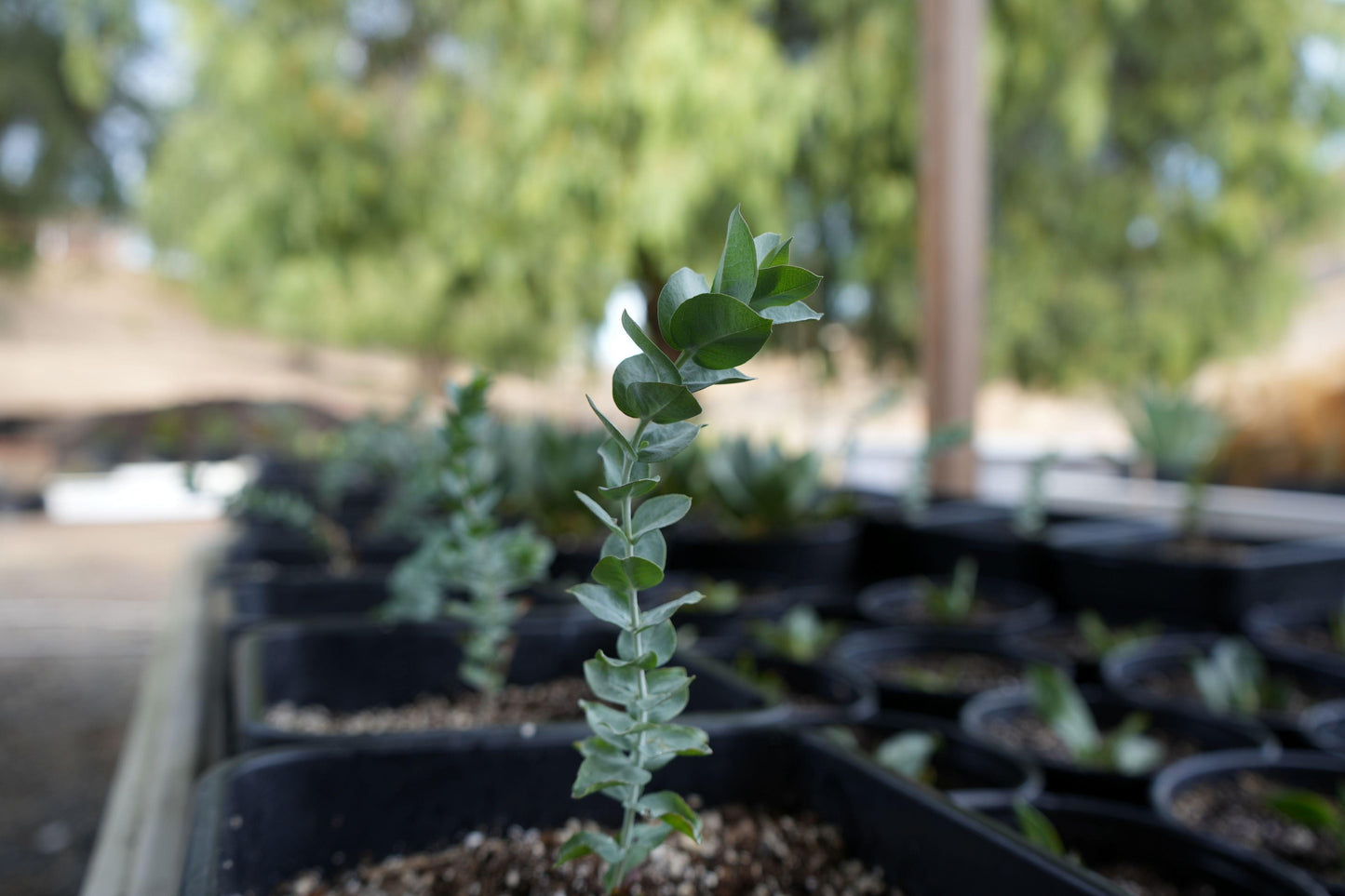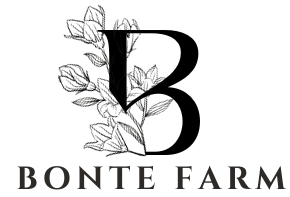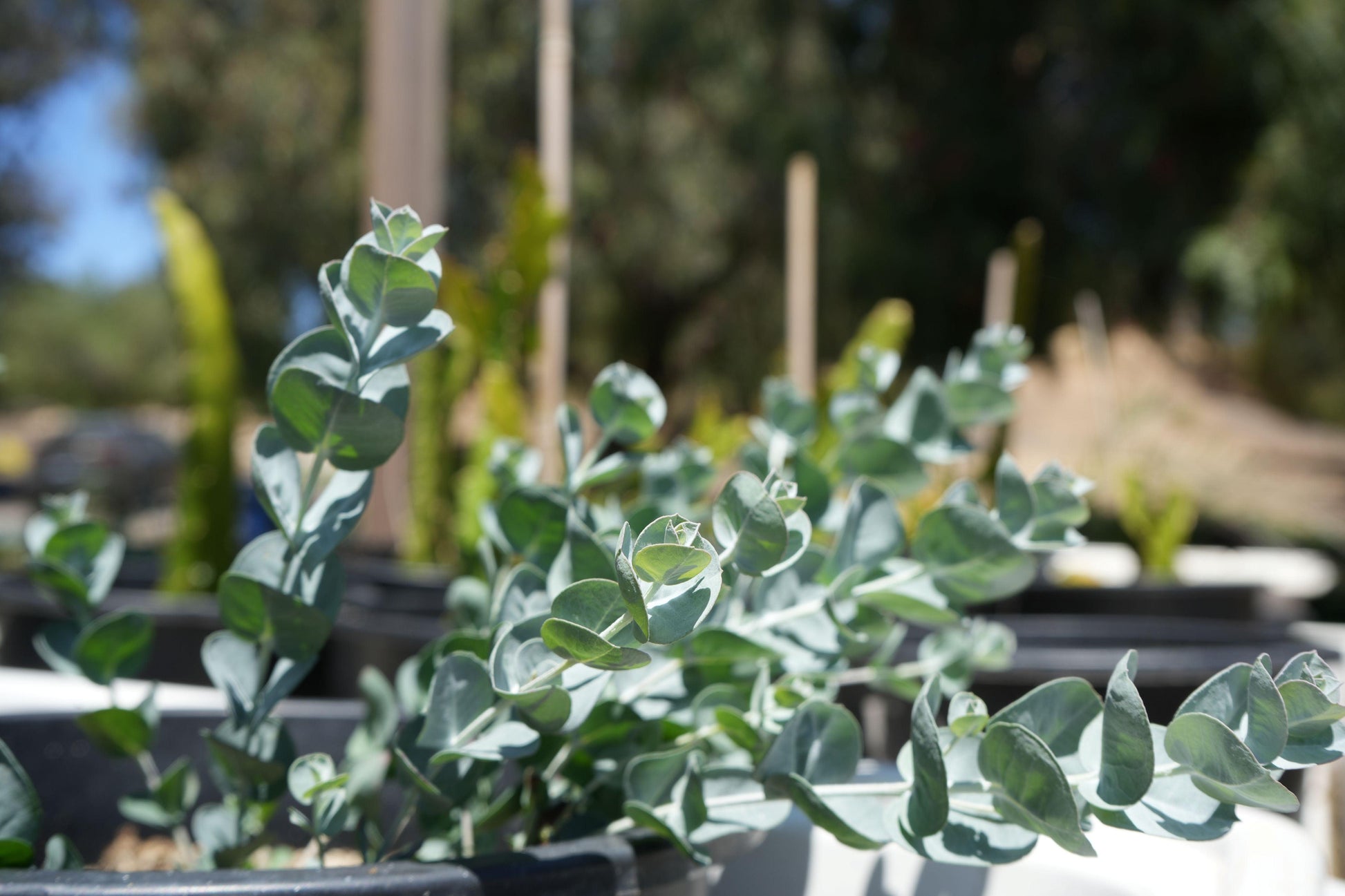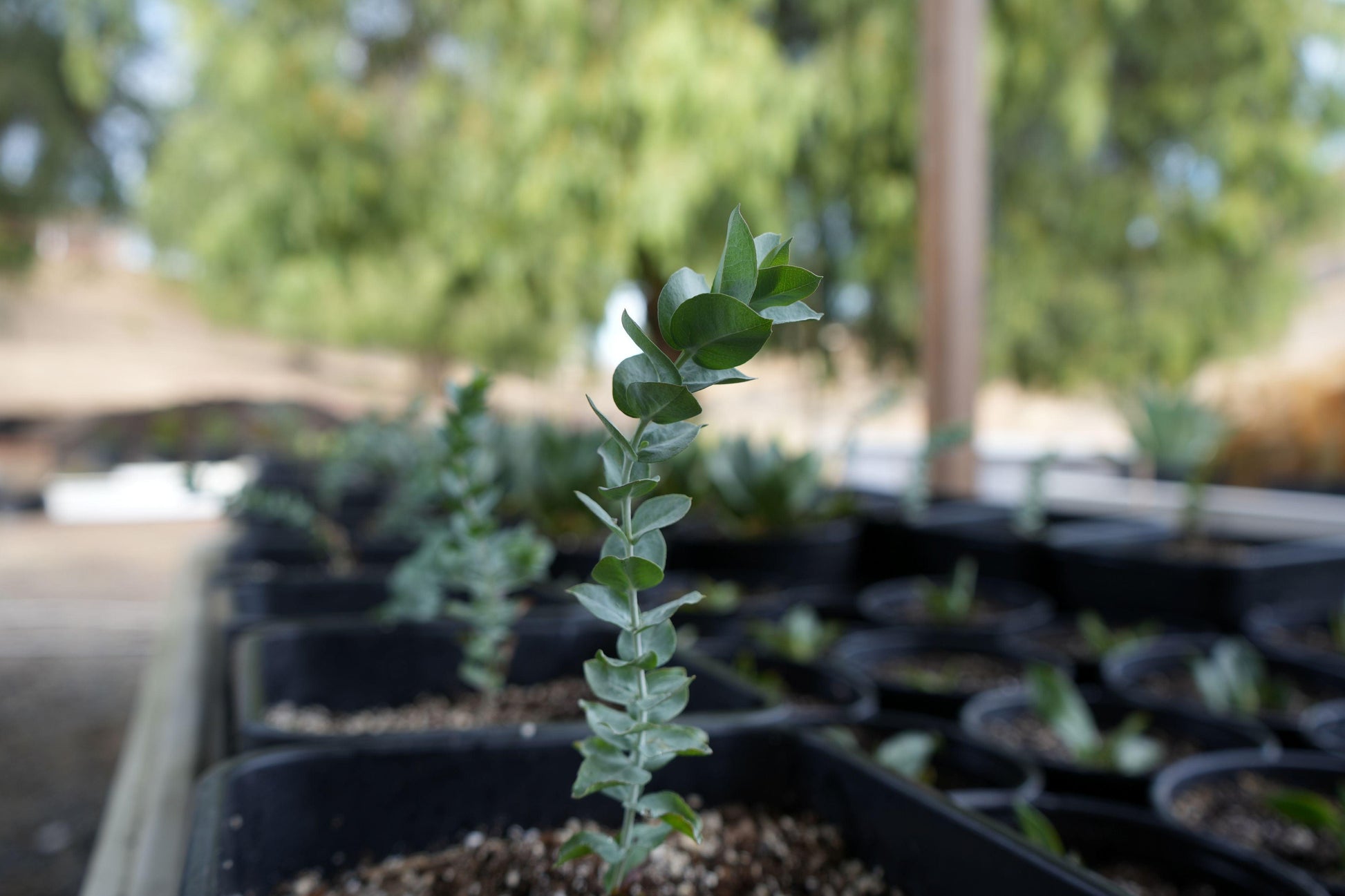Bonte Farm
Eucalyptus albida: A Majestic Shade Tree for Diverse Landscapes
Eucalyptus albida: A Majestic Shade Tree for Diverse Landscapes
Couldn't load pickup availability
Eucalyptus albida: A Silver Lining for Your Garden
Eucalyptus albida, also known as the White Gum or Poplar Gum, is a striking and adaptable tree prized for its smooth white bark, graceful form, and ecological value. This species is a valuable addition to various landscapes, offering shade, habitat, and visual appeal.
Year-Round Beauty and Ecological Value
- Distinctive White Bark: The smooth, powdery white bark of Eucalyptus albida is its most recognizable feature. This bark sheds in large plates or ribbons, creating a mottled or patchwork appearance that adds year-round visual interest.
- Graceful Canopy: The tree develops a spreading crown of bluish-green to grayish-green leaves, providing ample shade.
- Ecological Significance: Eucalyptus albida is an important component of native ecosystems, providing food and shelter for a variety of wildlife.
Botanical Characteristics:
- Scientific Name: Eucalyptus albida
- Common Names: White Gum, Poplar Gum
- Growth Habit: Large tree with a spreading crown.
- Foliage: Bluish-green to grayish-green, lanceolate (lance-shaped) adult leaves. Juvenile leaves are often broader and more rounded.
- Flowers: Small, creamy-white flowers borne in clusters.
- Mature Size: Typically reaches 50-80 feet (15-24 meters) tall and 30-50 feet (9-15 meters) wide, but can grow larger under ideal conditions.
USDA Hardiness Zones: 9-11. Best suited to areas with mild winters and warm, dry summers. It can tolerate some light frost once established.
Cultivation and Care:
- Sunlight: Thrives in full sun (at least 6 hours per day) for optimal growth.
- Soil: Prefers well-drained soils, but is adaptable to a range of soil types, including sandy, loamy, and even clay soils, provided drainage is adequate. Avoid consistently waterlogged conditions.
- Water: Drought-tolerant once established. Water regularly during the establishment phase (first 1-2 years) and during extended dry periods, especially in hotter climates. Allow the soil to dry out between waterings.
- Fertilizer: Generally does not require fertilization. If necessary, a balanced, slow-release fertilizer can be applied in spring.
- Temperature: Prefers warm temperatures and tolerates heat well. Mature trees can withstand light frosts, but young trees should be protected from severe frost.
Landscape Use:
- Shade Tree: Its large size and spreading canopy make it an excellent shade tree for parks, large gardens, and rural properties.
- Windbreak: Can be planted as a windbreak in rural areas.
- Street Tree (in suitable locations): In areas with ample space, it can be used as a street tree, providing shade and visual interest. However, consider its mature size and potential for limb drop in urban settings.
- Revegetation and Restoration: Used in land restoration projects and for stabilizing erosion-prone areas.
Wildlife Attraction:
- Pollinators: The flowers attract bees, native insects, and birds, providing a valuable nectar and pollen source.
- Habitat: Provides shelter and nesting sites for various bird species and other wildlife.
Pest and Disease Resistance:
Eucalyptus albida is generally resistant to most pests and diseases when grown in appropriate conditions. Root rot can be a problem in poorly draining soils. Maintaining good drainage and avoiding overwatering are crucial for preventing this issue. Some insect pests, such as psyllids or lerps, may occasionally be present but rarely cause significant damage to established trees.
Propagation:
Primarily propagated by seed. Seedlings can be raised in containers and then transplanted to their permanent locations.
Incorporating Eucalyptus albida into Your Landscape:
- Spacing: Allow ample space for its mature size when planting.
- Site Selection: Choose a location with full sun and well-drained soil.
- Watering: Water regularly during establishment, then reduce watering frequency once established.
- Pruning: Minimal pruning is usually required. Remove any dead, damaged, or crossing branches as needed.
Relevant Plants: Eucalyptus albida, White Gum, Poplar Gum, Australian native tree, shade tree, drought-tolerant tree, large tree, smooth white bark, wildlife habitat, pollinator attractant, USDA zone 9, USDA zone 10, USDA zone 11, erosion control, revegetation, land restoration.
Share


FAQs
Got a question? We are here to answer


